Get Rid of These Pesky Freezer Items TODAY!
I have been going crazy the last couple months with my freezer problems. I was getting freezer burn on virtually everything that was in there within just a couple of days of putting it in there. That’s so ridiculous! Or there is the other scenario if you are anything like and me where you have a whole freezer full of stuff, some of which you might not even recognize anymore that is in pretty bad shape. You come home from Costco with a load of freezer food and you don’t seem to have any room to put your new fresh food. Here are a few culprits that you can and should throw out immediately from your freezer to save you some frustration.
Stinky Ice Cubes
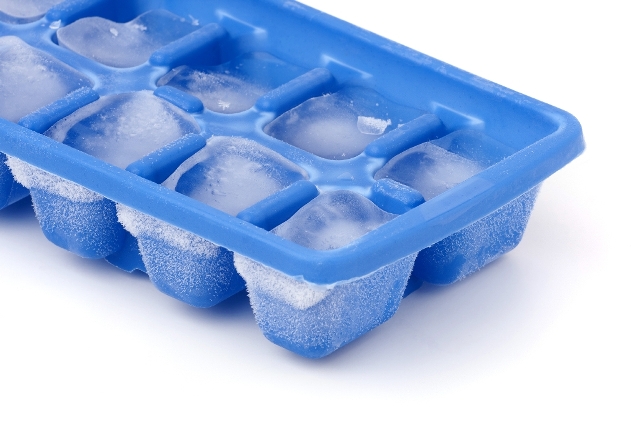
Admit it: your ice cubes taste like fish. Ice cubes aren’t impervious to food smells, and once they’re stinky, there’s no way to un-stink them. Rotate in new cubes regularly, and wash the trays after the last cube is gone.
Whole Bean Coffee
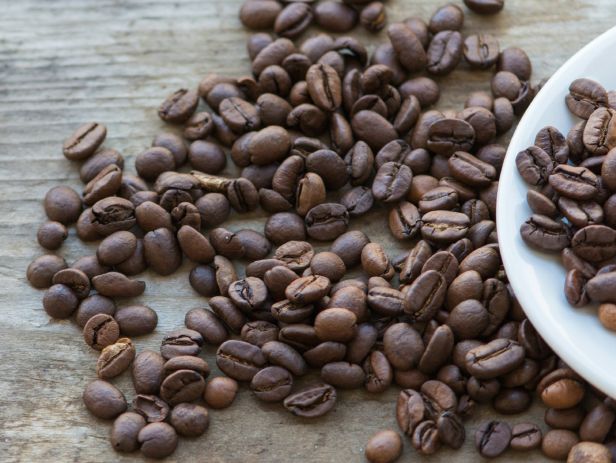
This might be surprising, but ground coffee actually holds up better in the freezer than whole beans, which lose most of their flavor quickly when frozen. Plus, grinding still-frozen beans is an easy way to make your grinder rust.
Food That’s Been Thawed and Refrozen
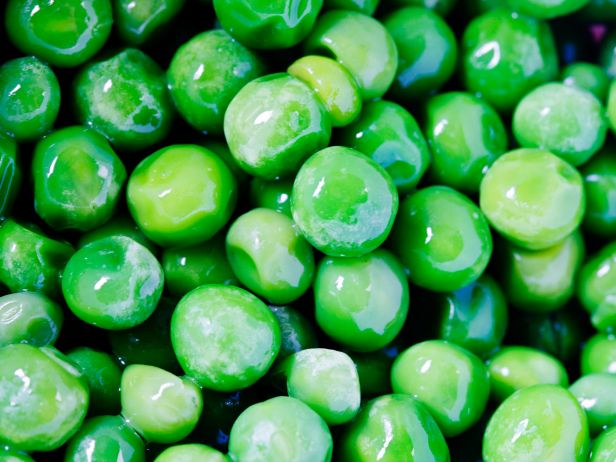
If you let something defrost, it’s time to use it or lose it. It’s just not safe to refreeze food (since bacteria begin to grow after it thaws), and the quality and taste will diminish as well thanks to the extra moisture.
The best example I can think of for this is using veggies like peas for a freezer pack you use on sore muscles. I have actually seen quite a few times in my life where my husband will use those frozen peas for a swollen ankle, pop them back in the freezer, and then zip them in the microwave the next night for our kid’s dinner. Yuck! That is just asking to catch some kind of bug from bacteria growing on those peas.
Anything You Can’t Recognize
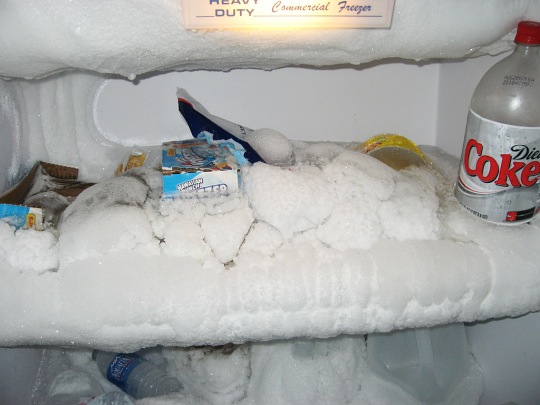
Resist the urge to chip off pieces of unrecognizable food and taste them to figure out what they are. If you don’t remember what it is or when you stashed it away, its quality is likely past its prime.
Anything Freezer-Burned
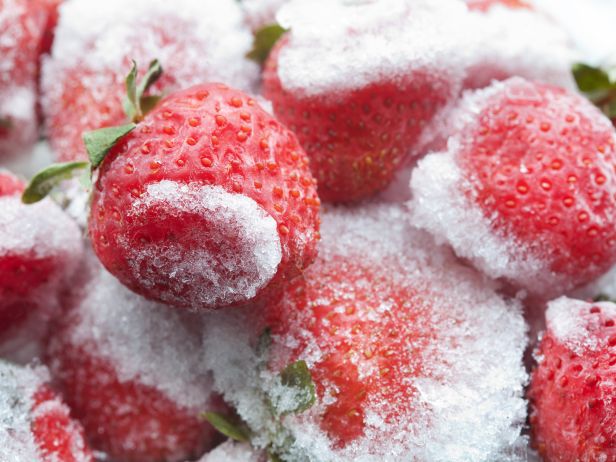
Sure, you can cut off the damaged bits and hope for the best, but it’s likely that “the best” will barely impress—you might as well start fresh. In the future, wrap things well, and try to open the freezer door as little as possible to prevent the fluctuations that lead to freezer burn.
Here are a couple tips for avoiding freezer burn altogether:
Keep the freezer temperature as constant as possible. Temperature fluctuations cause a difference in temperature between the solid food and the air surrounding it, which encourages water molecules to sublimate.
Try to not open the freezer unless you have to and, when you do, don't linger with the door open, peering into the frozen abyss.
Fill plastic containers with water and put them in the freezer. Make sure there's room for expansion. This will help stabilize the temperature in the freezer.
Don’t put hot food directly into the freezer. Sticking hot food in the freezer can cause a drastic change in temperature. Put it in the refrigerator first to let it cool before freezing. (I have definitely been known to do this occasionally with my kid’s food that is too hot like macaroni or chicken nuggets. I’m definitely going to have to stop doing this!)
Keep the temperature in your freezer below 0 degrees F (-18 degrees C). Freezer burn only happens when temperatures fluctuate above 0 degrees F. Use a freezer thermometer to make sure the freezer is cold enough.
- www.wikihow.com
- www.chicago.shine.fm
- www.foodnetwork.com
- www.thekitchn.com
 Mary Richardson
Mary Richardson
Weekly Newsletter Contributor since 2014
Email the author! mary@dvo.com
